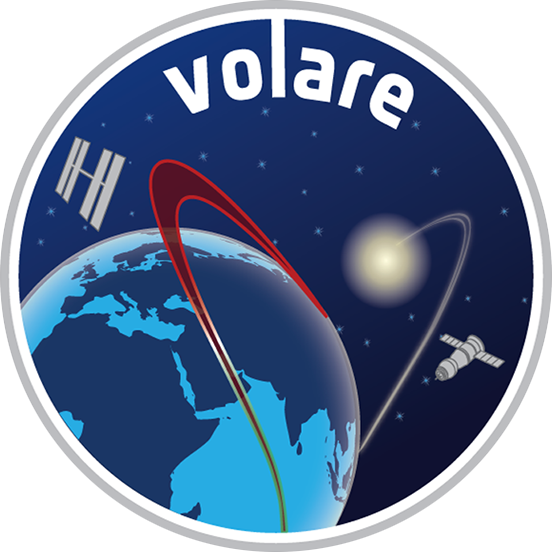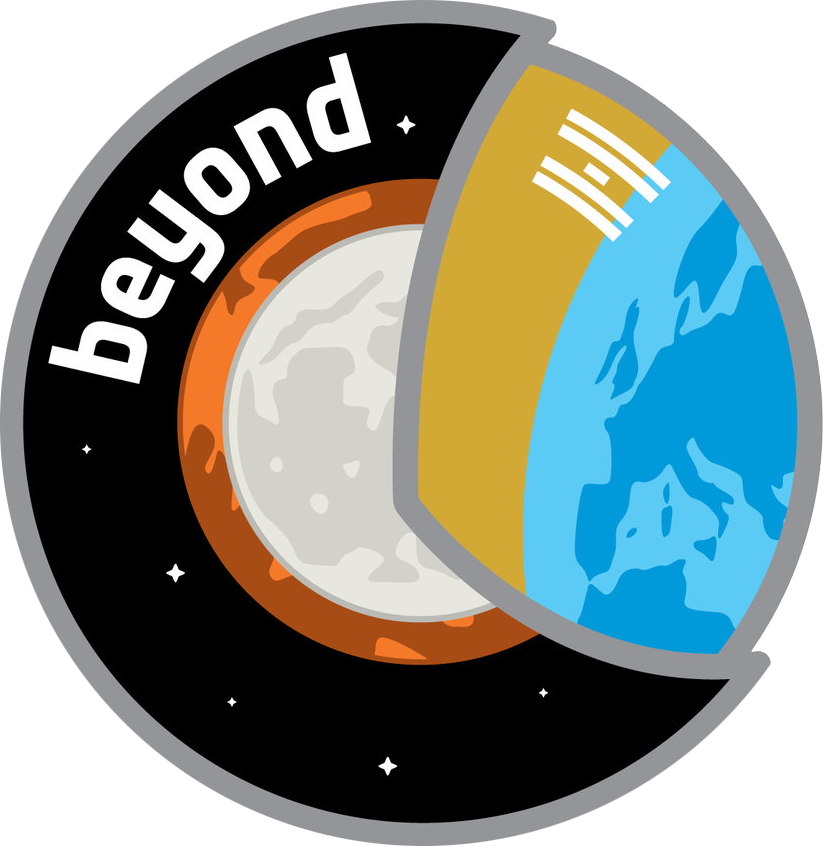Following completion of undergraduate pilot training in 2001, Luca flew the AM-X aircraft with the 13th Group, 32nd Wing in Amendola, Italy, from 2001 to 2007. During that time, he obtained all aircraft qualifications, including Combat Ready, day/night air to air refuelling, Four Ship Leader and Mission Commander/Package Leader.
Within the 13th Group he served as Chief of Training Section and Commander of the 76th Flight. He was also the 32nd Wing Electronic Warfare Officer.
In 2007, he was selected by the Italian Air Force to become a test pilot. He trained as an Experimental Test Pilot at EPNER, the French test pilot school in Istres.
Luca was promoted to the role of Colonel in the Italian Air Force ahead of his Beyond mission in 2019. He has logged more than 2000 hours flying time, is qualified on more than 20 types of military airplanes and helicopters, and has flown over 40 types of aircraft.
Luca was selected as an ESA astronaut in May 2009. In February 2011, Luca was assigned as a flight engineer to Italian space agency ASI's first long-duration mission on the International Space Station. He was launched on a Soyuz launcher from Baikonur, Kazakhstan on 28 May 2013.
Luca spent 166 days in space, personally conducting over 20 experiments, and took part in two spacewalks and the docking of four spacecraft during his ‘Volare’ mission. He landed safely back on Earth on 11 November 2013.
Luca was launched to the International Space Station for his second mission in the Russian Soyuz MS-13 spacecraft on 20 July 2019 – the 50th anniversary of the first human lunar landing – and returned 6 February 2020. During this six-month, known as Beyond, Luca supported over 50 European experiments in microgravity, became the first Italian and third European commander of the International Space Station and carried out four spacewalks to service the cosmic ray detecting Alpha Magnetic Spectrometer AMS-02.
Luca is married with two daughters. In his free time he enjoys weight training, swimming, swimming, biking and running. Other interests include snowboarding, scuba diving and reading as well as listening to and playing music.












